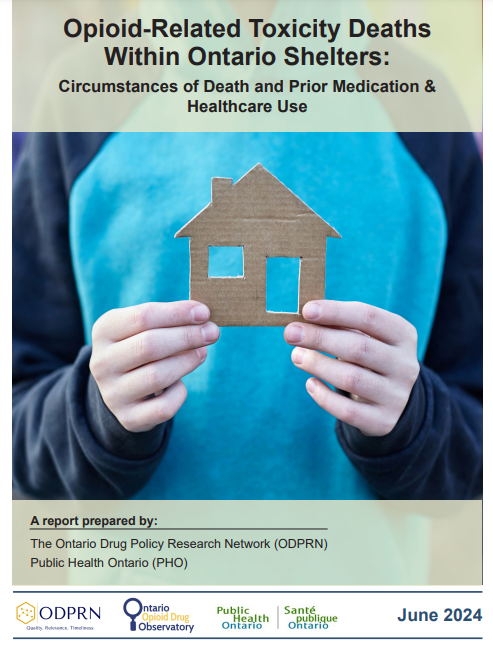By María Calderón
When it comes to an understanding of political violence in Mexico, there is a risk of solely equating it with criminal groups' activities or exclusively attributing it to such groups. However, the political violence phenomenon in Mexico is complex and diverse, with a particular nexus to locally based illicit economies, for which an all-containing approach is insufficient. About half of the political violence that occurred in Mexico during the 2018 elections was directly attributed to organized crime. During such time, political figures were killed at a rate of one per week. These numbers support the growing concern about criminal groups' involvement in Mexican politics. Criminal groups have used political violence in several ways: directly manipulating and influencing elections, protecting incumbent candidates with whom they have struck an agreement, killing candidates who are perceived as a threat to their interests, intimidating poll workers, and attacking and stealing voting booths, among others. The decrease in the profitability of trafficking heroin and cannabis, the legalization of marijuana in many US states, and increased fentanyl usage have forced cartels to recalibrate strategies and markets. Nowadays, criminal groups have partially shifted towards locally based illicit economies, such as oil theft, extortion, kidnapping, and other illegal activities that require control of local territories. All these variables come into play when understanding that criminalized electoral politics is a predominantly local phenomenon in Mexico. Political violence by criminal groups in Mexico is motivated by multiple factors, including economic interests, political objectives, and vendettas. Criminal organizations often avoid open confrontation when attacking politicians or political candidates, opting for other less visible techniques to minimize the impacts on police and law enforcement agencies, such as corruption. Installing or co-opting candidates at the municipal level has afforded criminal groups direct influence over the actions of local and state police. Access to intelligence on pending arrests or other operations has also proven beneficial for criminal organizations. Political influence has allowed criminal groups to employ local security forces as appendages of their organizations to detain or kill targets and to protect the transportation of illicit goods. Moreover, criminal organizations have tapped into state finances by co-opting government employees.
Washington, DC: Wilson Center, 2024. 6p.





















